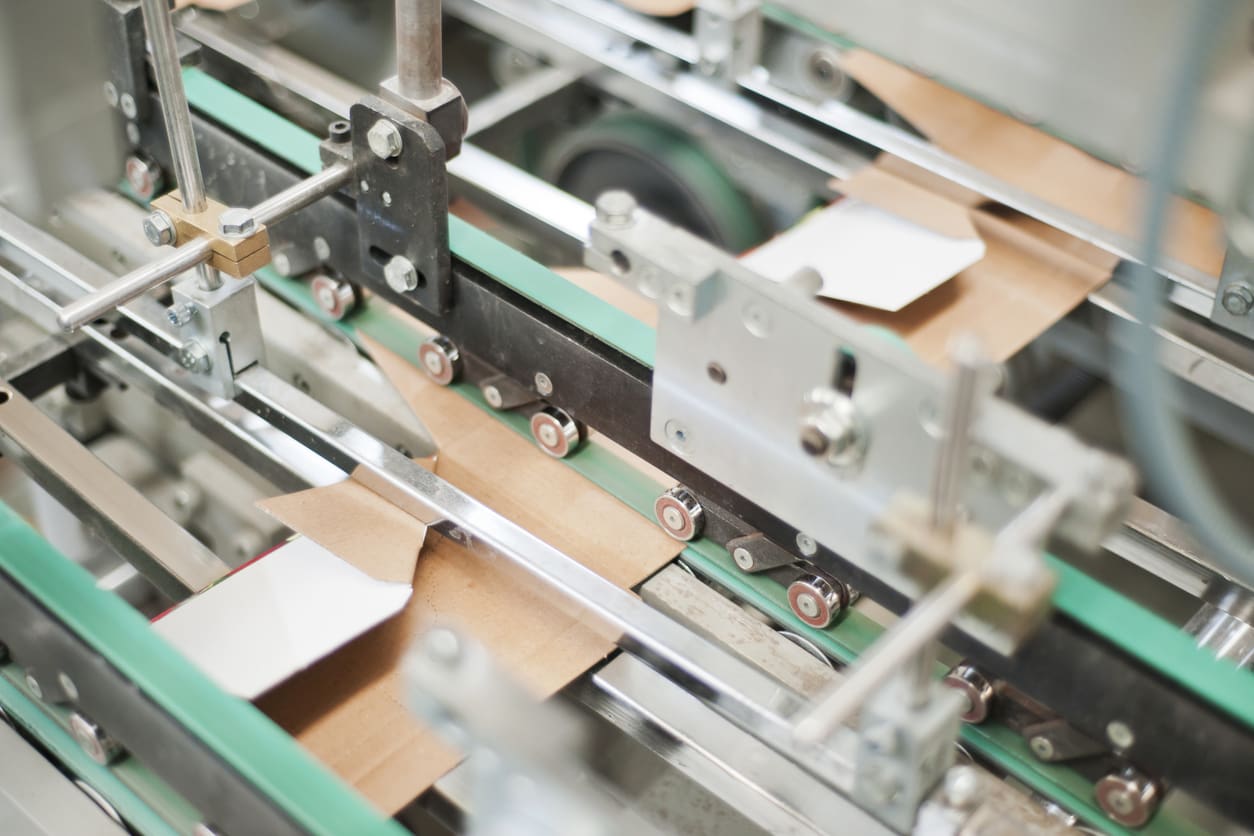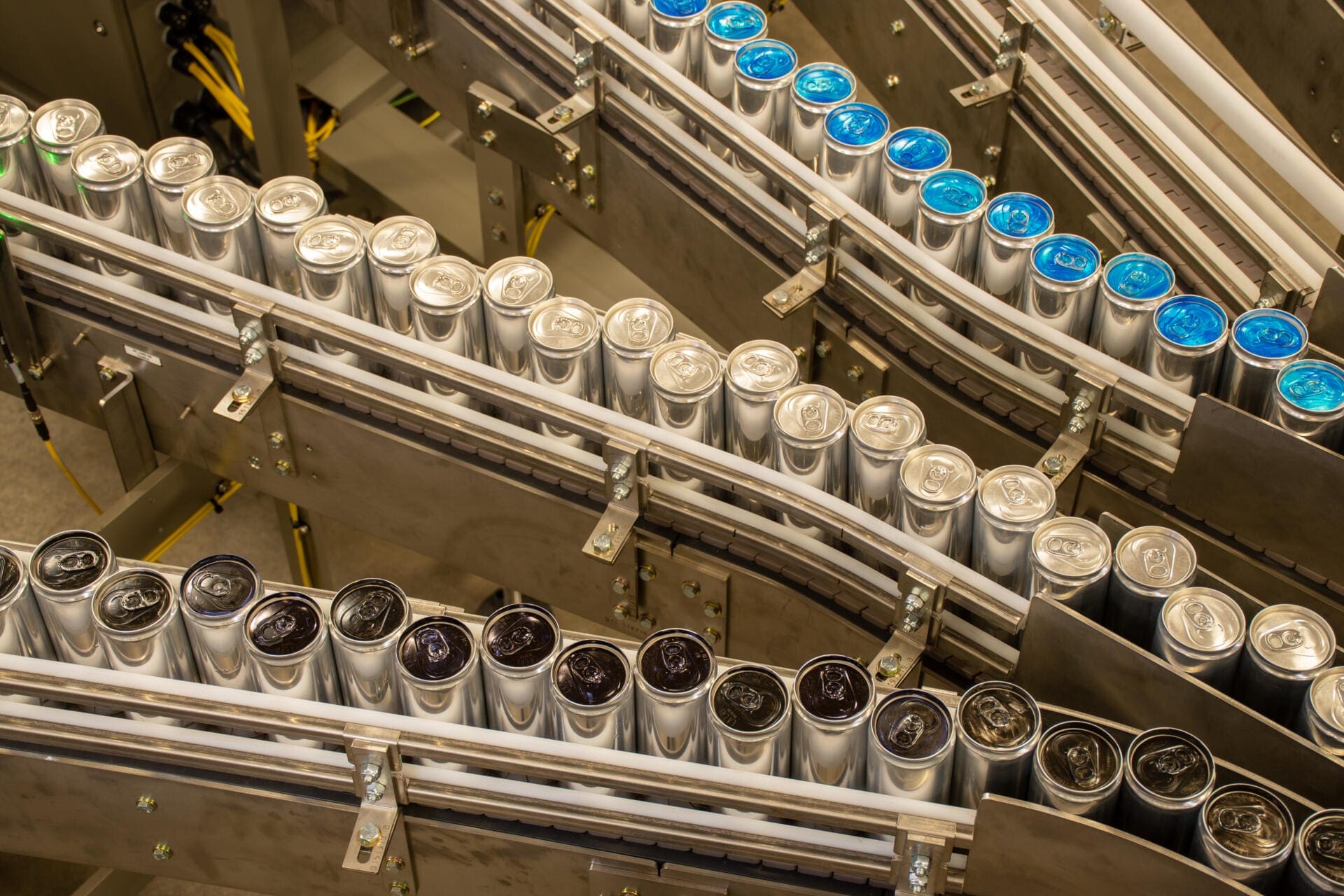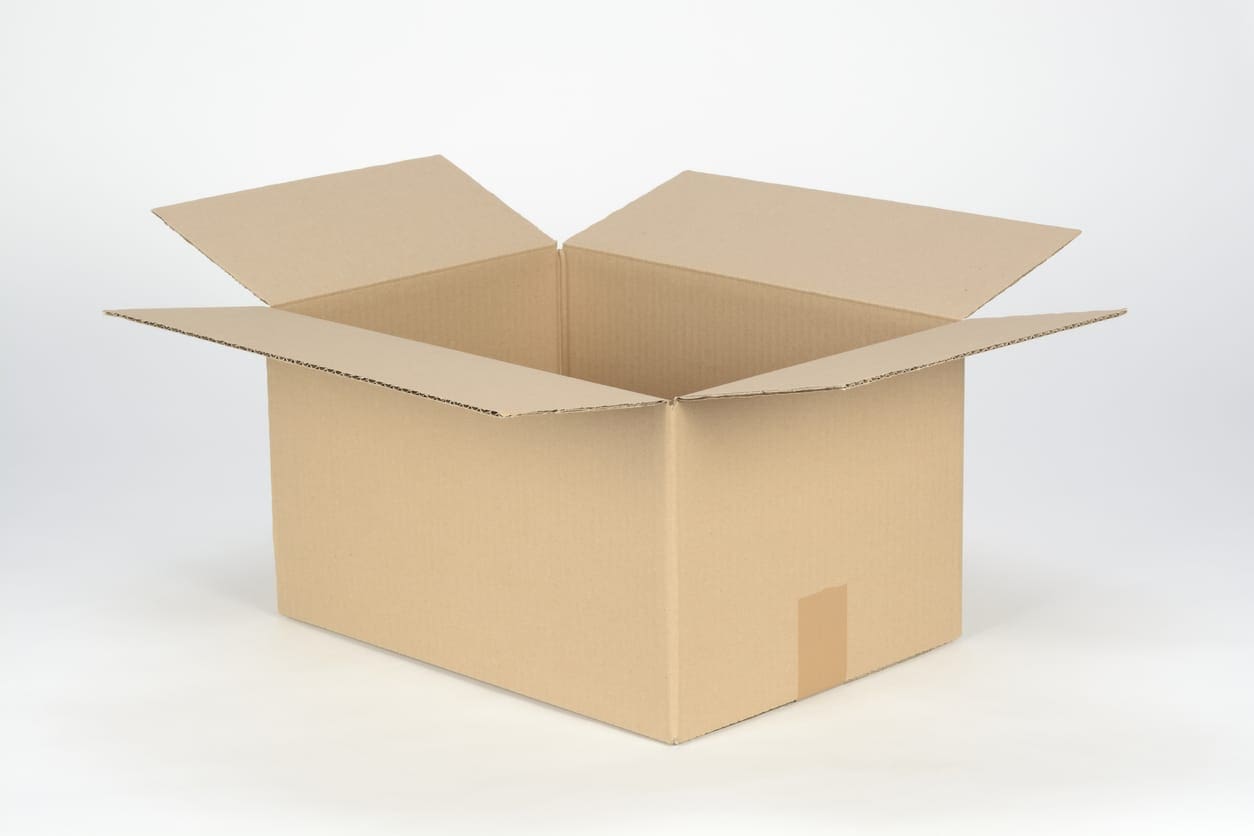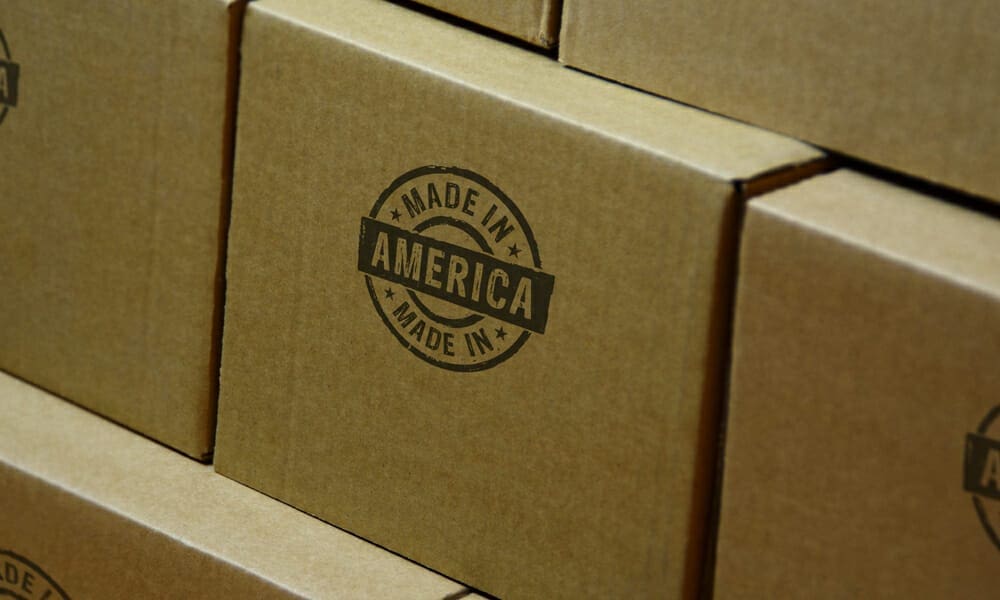At Douglas we’re passionate about connecting every business with the best secondary packaging solutions for their unique needs. So today, we’ll be comparing and contrasting RSC and wraparound cases to help you make the right investment. Let’s start with a description of each.
RSC Cases
RSC is an acronym for Regular Slotted Container. It’s also known throughout the industry as a KD, or Knock Down case. An RSC case design has the manufacturers flap or 5th panel pre-glued. RSC cases are most commonly used for loading product vertically (or top-loaded) through the flaps, which are then closed and sealed manually or automatically using either tape or glue.
Wraparound Cases
A wraparound case is basically a flat piece of corrugated that can be formed and sealed around the product. Most of the time, the wraparound blank is partially formed to allow for product to be loaded into it from the side. The end flaps and manufacturers flap are then closed and sealed with glue. This is typically done using automatic equipment.
Choosing the Right Case Design
Consumer Packaged Goods (CPG) manufacturers are continually researching ways to reduce the cost of their products. Material cost is also taken into consideration, which includes the corrugated case that is used for shipment of product to their customers. Changes to case style is something that is often considered for cost savings. Changing from an RSC design to a wraparound design is fairly common. Below is a list of reasons that are considered when choosing between RSC and wraparound cases:
- There is an additional cost for the material supplier to form and seal the manufacturer’s flap on an RSC case.
- The quality (squareness) of a finished case is affected by the quality of the pre-glued joint on an RSC case. The quality of a finished wraparound case is more consistent due to all flaps being formed and sealed using automated packaging equipment.
- Less RSC case blanks fit on a pallet compared to wraparound cases.
- The magazine of an automated case-erecting system will hold roughly half the quantity of RSC blanks compared to wraparound blanks. Using wraparound cases allows operators to fill the magazine less often.
- While there is a common perception that RSC cases have greater stacking strength when palletized, a wraparound case can have just as much stack strength if designed correctly.
There is a caveat to making a change in case design, as the design of a wraparound case is not just taking an RSC case and opening it up to be a flat blank. Most of the time a wraparound case is a completely different design.
Make Case Packing Simple with Douglas
Douglas provides several different secondary case packaging options to create a machine that accommodates your case and product needs. We also offer a range of equipment options based on your product requirements, speed and concept. We produce a variety of infeed, metering and loading systems to best serve your needs. Most importantly, all of our machines are supported with cutting-edge technology and superior customer service that Douglas is known to provide.
Contact us online or give us a call at 320-207-2361 to learn more about the packaging systems we offer — including details about case styles, specifications and the technology used to create the ideal secondary packaging machinery for your product. We look forward to hearing from you.







